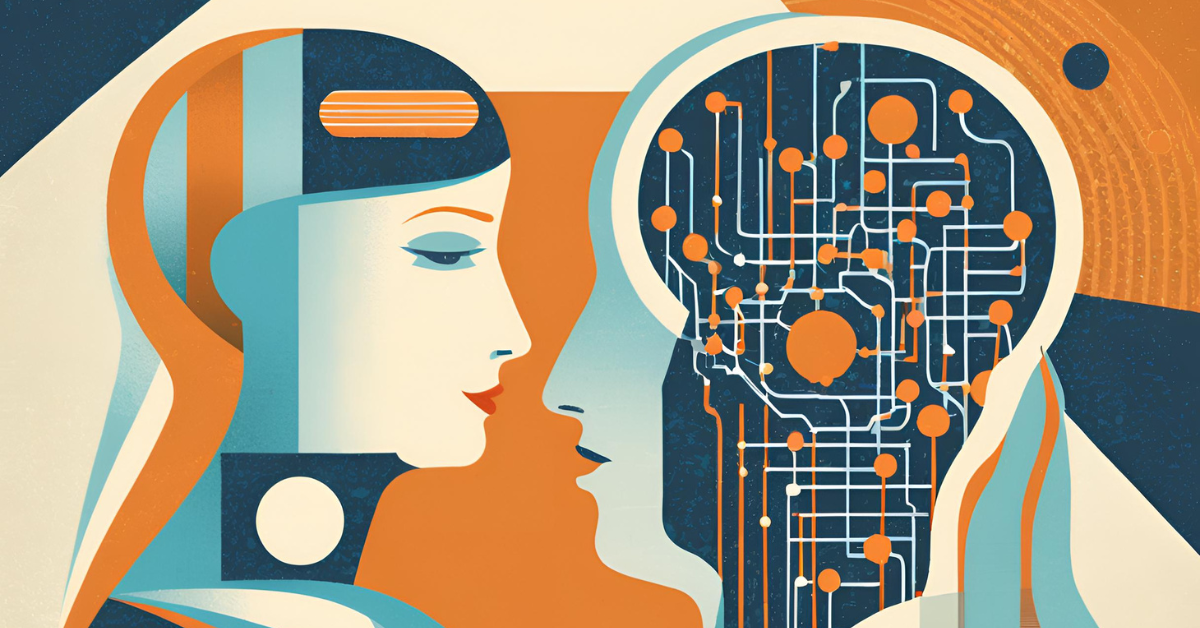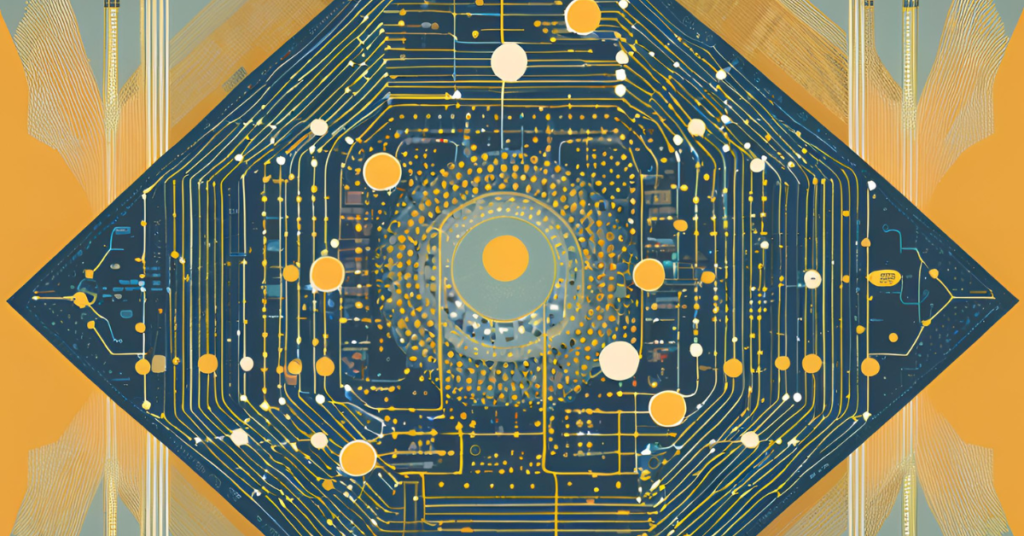
What Are Neural Networks?
Definition and Basic Concept
Neural networks, inspired by the human brain, are a subset of machine learning that simulate the way humans learn. They consist of interconnected nodes (or neurons) that work together to solve complex problems. By mimicking the brain’s structure and function, neural networks can recognize patterns, classify data, and make predictions.
Historical Background
The concept of neural networks dates back to the 1940s, but significant progress wasn’t made until the 1980s with the advent of more powerful computers. The development of algorithms like backpropagation further accelerated their evolution, leading to the sophisticated neural networks we use today.
How Neural Networks Work
Neurons and Layers
At the core of neural networks are neurons, organized into layers: input, hidden, and output layers. Each neuron receives input, processes it, and passes the output to the next layer. This layered approach enables the network to learn and generalize from the data.
Activation Functions
Activation functions determine whether a neuron should be activated or not. Common activation functions include sigmoid, tanh, and ReLU. These functions introduce non-linearity into the model, allowing it to learn complex patterns.
Forward and Backward Propagation
In forward propagation, data moves from the input layer to the output layer, generating a prediction. Backward propagation adjusts the network’s weights based on the error of the prediction, refining the model’s accuracy over time.
Types of Neural Networks
Feedforward Neural Networks
Feedforward neural networks are the simplest type, where data flows in one direction from input to output. They are commonly used for straightforward tasks like image classification.
Convolutional Neural Networks (CNNs)
CNNs are specialized for processing grid-like data such as images. They use convolutional layers to automatically and adaptively learn spatial hierarchies of features from input images.
Recurrent Neural Networks (RNNs)
RNNs are designed for sequential data, making them ideal for tasks like time series prediction and natural language processing. They maintain a memory of previous inputs, which influences the current output.
Generative Adversarial Networks (GANs)
GANs consist of two networks, a generator and a discriminator, that compete against each other. This adversarial process leads to the generation of realistic data, such as images and videos.
Applications of Neural Networks
Image Recognition
Neural networks excel at image recognition, powering technologies like facial recognition, autonomous vehicles, and medical imaging.
Natural Language Processing
In natural language processing, neural networks enable advancements in machine translation, sentiment analysis, and chatbots, enhancing human-computer interaction.
Healthcare
In healthcare, neural networks assist in diagnosing diseases, predicting patient outcomes, and personalizing treatment plans, improving overall healthcare delivery.
Finance
Neural networks are used in finance for fraud detection, stock market prediction, and risk management, providing more accurate and efficient solutions.
Advantages of Neural Networks
Learning from Data
Neural networks can learn and improve from vast amounts of data, making them highly effective for tasks with large datasets.
Handling Nonlinear Relationships
Their ability to model complex and nonlinear relationships between inputs and outputs makes neural networks versatile and powerful.
Automation and Efficiency
Neural networks automate complex tasks that would be impractical for humans, increasing efficiency and productivity.
Challenges in Neural Networks
Data Requirements
Neural networks require large amounts of data to train effectively, which can be a limitation in data-scarce environments.
Computational Resources
Training neural networks demands significant computational power and memory, often requiring specialized hardware like GPUs.
Overfitting and Underfitting
Balancing the model to generalize well without overfitting or underfitting the data is a common challenge in neural networks.
Future of Neural Networks
Trends and Innovations
The future of neural networks lies in continual advancements, such as more efficient algorithms, better hardware, and integration with other AI technologies like reinforcement learning.
Ethical Considerations
As neural networks become more pervasive, ethical considerations around bias, privacy, and job displacement become increasingly important. Ensuring fair and responsible use of neural networks is crucial for their sustainable development.
Conclusion
Neural networks represent a significant leap forward in artificial intelligence, with diverse applications and the potential to transform various industries. Understanding their workings, benefits, and challenges is key to harnessing their full potential.
FAQs
- What is a neural network in simple terms? A neural network is a computer system modeled after the human brain that learns from data to make predictions and recognize patterns.
- How do neural networks learn? Neural networks learn through a process called training, where they adjust their internal parameters based on the input data and the errors of their predictions.
- What are some common applications of neural networks? Common applications include image and speech recognition, natural language processing, medical diagnosis, and financial forecasting.
- What is the difference between a neural network and a deep neural network? A deep neural network has multiple hidden layers between the input and output layers, allowing it to learn more complex patterns compared to a simple neural network.
- What are the main challenges in using neural networks? The main challenges include the need for large datasets, high computational resources, and the risk of overfitting or underfitting the model.
![]()
Subscribe to QABash Weekly 💥
Dominate – Stay Ahead of 99% Testers!





